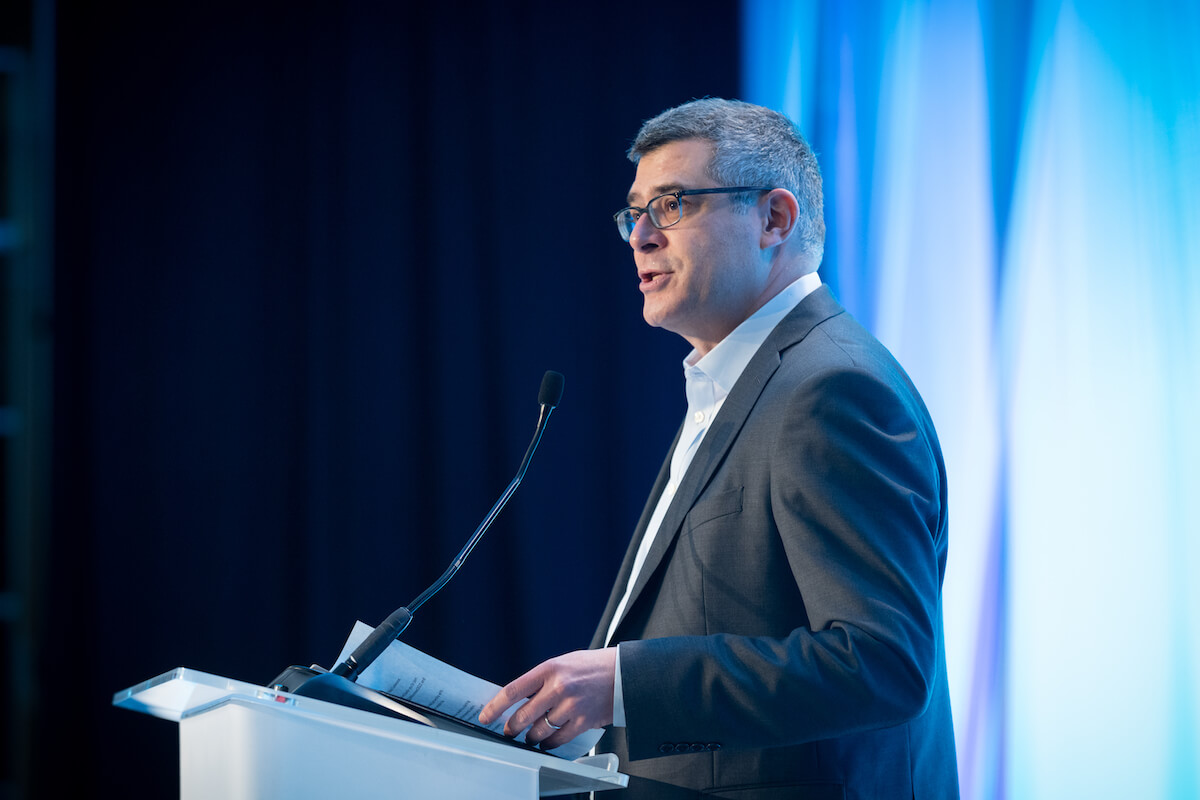Program-related investments, or PRIs, should be the type of impact investing most attractive to foundations. However, 52 years after the enabling legislation was passed, PRIs remain a woefully underutilized tool. SeaChange has spent a lot of time trying to understand and reduce the real-world barriers that can prevent funders with a genuine interest in impact investing from acting on it. In 2014, we established The New York Pooled PRI Fund (“NYPRI”) to connect New York City foundations interested in making PRIs with nonprofits that need access to flexible, impact-first loans. NYPRI was our quiet attempt to nudge more capital off the sidelines.
NYPRI has grown to include 11 foundations, most of whom had not made any PRIs before joining the fund but now make substantially all their PRIs through it.
The fund uses an “opt-in” model, enabling participating foundations to opt in or out on a deal-by-deal basis. A recent assessment of the fund – The New York Pooled PRI Fund: An Opt-in Approach to Program Related Investment – by Dick Henriques, former CFO of the Bill and Melinda Gates Foundation and Senior Fellow at the Center for High Impact Philanthropy, suggests that NYPRI’s model might be worthy of consideration in other situations.
What’s behind our success? NYPRI achieves four objectives that are necessary for any fund to activate latent impact-first investment capital in a sustainable way.
1. Minimize transaction costs: Transactions costs are a killer. They include not only the direct, visible financial costs of completed deals (e.g., due diligence, legal, portfolio management, etc.) but also the additional costs associated with the investment program (including the fees paid to the manager). NYPRI tries to keep costs down by:
· collectivizing sourcing, evaluation, structuring, execution, and portfolio management;
· piggybacking on pre-existing activity to turn otherwise fixed costs into variable costs;
· utilizing pro-bono and subsidized resources where possible;
· right-sizing processes (e.g. due diligence, legal, etc.) based on the nature of the individual investment (e.g. size, complexity, etc); and
· making explicit and reporting on all costs regardless of how they are paid for.
Transactions costs are less important when deals are larger, and target returns (usually non-concessionary) are higher. In fact, some managers with new-found enthusiasm for some forms of impact investing (for example, non-concessional, double-bottom line private equity, or actively managed ESG-screening) may see it as a welcome refuge from the pressure they face to lower fees (i.e., transaction costs) and improve performance in conventional investments where benchmarks are clear, and competition is relentless. But transaction costs matter a lot in areas where individual investments are direct, small, or nonstandard; or the flow of investment opportunities is episodic.
2. Address funder needs. NYPRI was designed to address the needs of funders across several dimensions: program alignment; risk/return/duration/scale of deployed capital; information and reporting; legal and accounting, governance, and style. (“Style” is a catch-all for qualitative things like anonymous/public, activist/passive, hard-nosed/forgiving, etc.). These needs range from the big – “we need a high confidence of getting our money back and an investment period of five years or less” – to the more mundane – “we require ten days’ notice to wire funds”.
3. Address investee needs: NYPRI’s reason for being is to make flexible, high-impact loans to nonprofits. The nonprofits are the customers even though the funders pay the bills. We tried to think carefully about their needs: What type of capital would be valuable in terms of risk, return, duration, and size? At what moments in time and with how much advance notice? What due diligence and execution processes would be realistic in terms of complexity, information, and confidentiality? What type of relationship would be appropriate between the lender and the nonprofit borrower?
4. Address manager needs: What do we need as fund manager? How does the role relate to our broader charitable purpose? Are we looking at fund management as a source of a surplus or an activity to be subsidized? Is it a pilot or are we making a long-term commitment? What impact will it have on our staff and our staffing model?
In an ideal world, the manager, potential funders, and would-be investees would sit down, as equals, explore their respective needs, and co-create a fund. Although this can be impractical, managers and funders must use their empathetic imagination to ensure that the investee perspective is always front and center.
Unfortunately, approaching the exploratory process in good faith is no guarantee of success. SeaChange has twice worked to structure funds where we were never able to develop a solution that was acceptable to all parties. Maybe there was no solution. Maybe we lacked the creativity to find it. Maybe we gave up too soon.
NYPRI is one way to address these four objectives but it is far from the only one. There are many ways to entice, cajole or nudge latent impact-first capital that is currently lying inert on the sidelines.
A foundation could take a first-loss position in a structured vehicle to entice other less risk-tolerant funders to join in. A commercial bank or CDFI could make its loan processing infrastructure available “at cost” to an otherwise sub-scale impact-first lender. An association of grant-makers in a particular area could explore expanding into investments. A venture philanthropist could seed new funds. A family office could make its investment professionals available at marginal cost to unstaffed peers. An investment bank could encourage its staff to work pro- or low-bono on impact-first investment projects. A DAF manager could provide a low-cost mechanism for customers to make impact-first loans.
There are beautiful examples of all some of these things, but they remain the exception not the rule. To get more impact-first capital off the sidelines, we need to do much, much more. Time is wasting. Let’s get to work.
John MacIntosh is the Managing Partner of SeaChange Capital Partners, a nonprofit which manages the New York Pooled PRI Fund as well as several other grant-making and lending funds as part of its mission to help nonprofits work through complex financial and organizational challenges.











